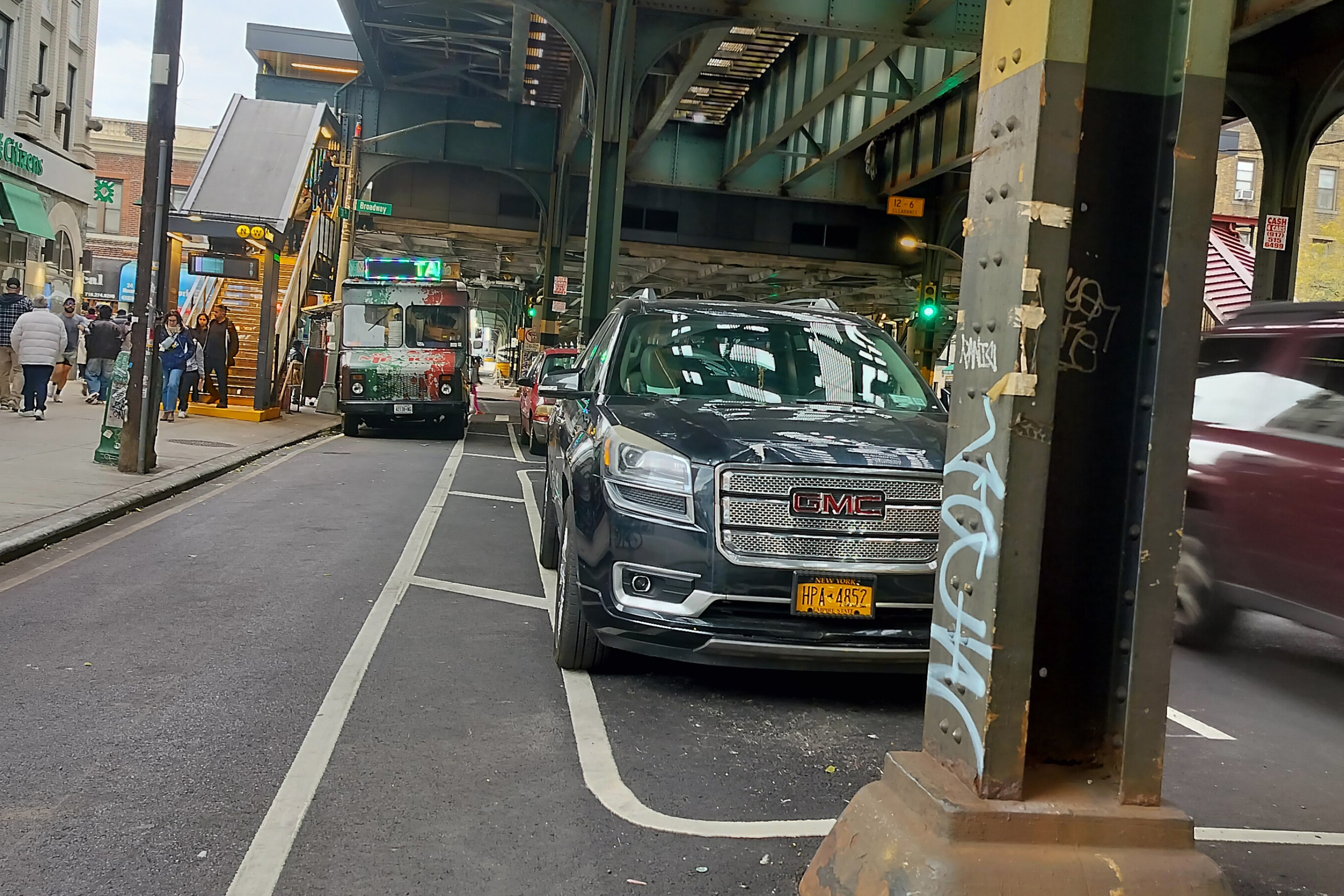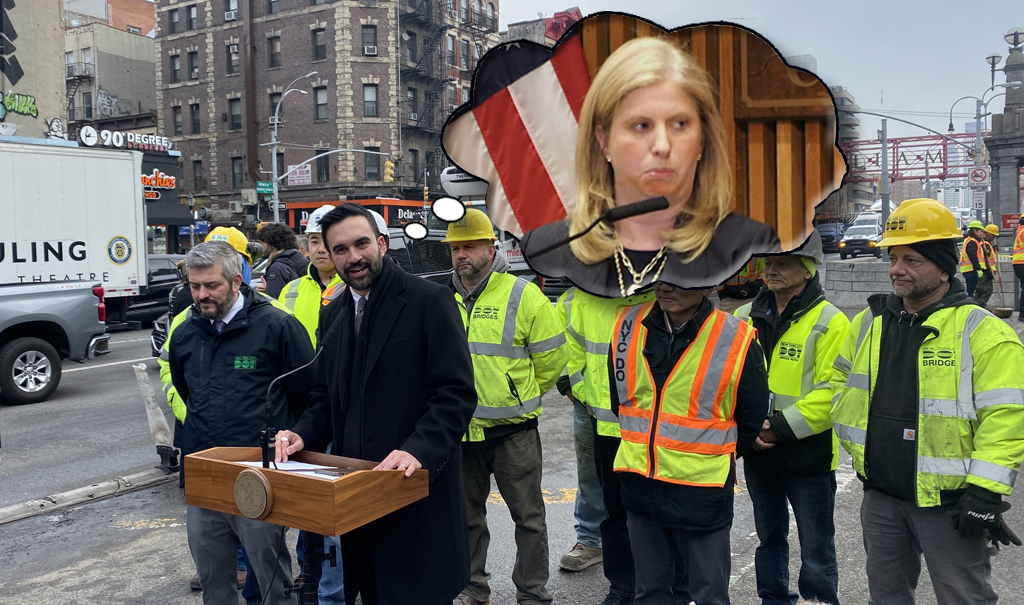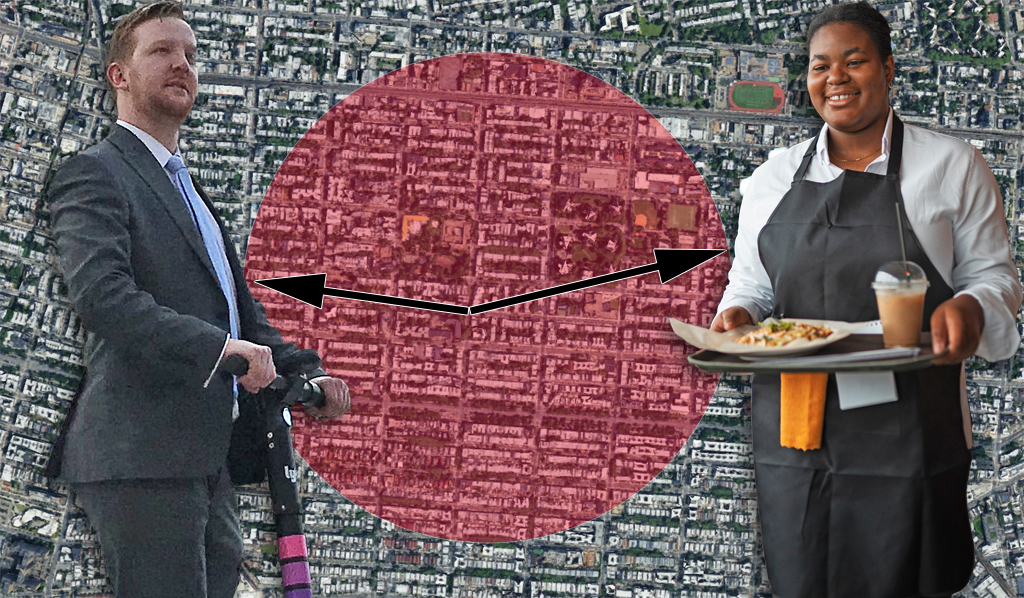We continue our overview of what’s at stake in the big transit ballot initiatives this November with a look at Seattle. The first installment of this series examined Indianapolis.
The transit expansion plan on the ballot in Seattle this November is a big one.

Known as ST3, the proposal calls for a 62-mile expansion of grade-separated light rail extending across three counties, including about four miles that will run underground in central Seattle. Also included: bus rapid transit routes along two highway corridors, and $20 million to plan transit-oriented development.
The total package comes to $54 billion, which will be paid for by a mix of property taxes, sales taxes, and excise taxes. And it will take more than 20 years to complete.
Sound Transit estimates that under this plan, ridership will nearly double by 2040 to 800,000 daily trips, and that 361 million miles of driving will be averted each year [PDF].
There are some downsides to the plan, which has drawn criticism for devoting too much to park-and-ride transit in car-centric areas. While expanding the transit network could create new walkable communities across the region, different suburbs have shown varying levels of commitment to transit-oriented development.
ST3 calls for spending $661 million on parking at suburban stations, which works out to $80,000 per space. And much of the suburban light rail will run along highway rights-of-way, which is a bad fit for walkable development.
Because ST3 is a regional measure that can't be enacted without suburban support, some compromises were unavoidable, said Zach Shaner, staff reporter at Seattle Transit Blog. And with the price of housing rising in Seattle, he said, "We have a moral imperative to be providing fast reliable transit for people who live outside of the city."
"This is the best package that we can expect given the political realities and the players involved," he said. "It’s not perfect, but it’s good. And it's long past time we constructed grade-separated transit in the city."
Ridership on Seattle's bus system has grown considerably in the last decade, making it a national success story in reducing solo commuting. But with the region expected to grow by 800,000 residents in the next 20 years, the need to build transit that can't get bogged down in car traffic is increasingly urgent.
The highest-ridership segment will be a new light rail connection from downtown to Ballard, which is projected to draw 144,000 daily trips and triple the speed of the current "rapid ride" buses. Shaner says the investment promises to "grow our downtown northward in a really positive way."
By running high-capacity transit underground, Shaner added, street space will be freed up for purposes like protected bike lanes.
These city-focused projects won't be complete for some time, however. A light rail extension to West Seattle isn't scheduled to open until 2030, and the Ballard line won't open until five years after that.
Large employers including Boeing, Microsoft, and Amazon all support the ST3 measure. The opposition does not seem strong in comparison, though the Seattle Times is not a fan.
It's important to understand, said Shaner, that a lot of ST3 revenue will come from extending taxes implemented for the last round of light rail investments -- known as ST2. The additional annual pricetag on top of those existing taxes won't be that large. The transit advocacy group Seattle Subway made this graphic to put it in perspective:






